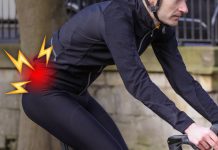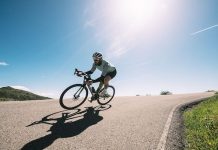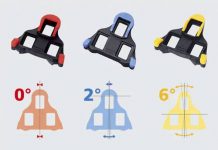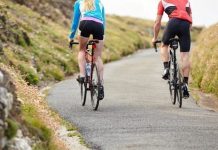How do pro cyclists spend hours on end, day after day, on their bikes, with no saddle discomfort? They’ve found the perfect bike seat—and the following tips will help you find yours, too.
Find the right shape
No two people are the same. Which is why there are so many different saddles available. In the first place, the shape of your saddle depends on your gender. Usually ladies sit better on a wider, specific female saddle.
But the shape of your saddle also depends on the type of cycling you do. Do you race under extreme circumstances, like downhill for instance? Then you will need a different kind of saddle than an MTBer who wants a saddle that is as light as possible, or a road racer who has to sit on the saddle for hours in a row. So when looking for the right saddle, it’s important to find one that fits your discipline.
Padding
Padding distributes pressure from your behind across the surface of the saddle. Polyurethane foam is the most common padding material — it comes in a range of densities to give firm or soft saddles.
The crucial thing to remember is that while a soft, deep saddle might feel comfortable at first for a beginner, more contact and movement is likely to increase heat and discomfort the longer you’re in the saddle.
Saddle position
Ensure your saddle is horizontal. If the nose of your saddle is pointing too far up or down, then you may experience discomfort in certain undesirable areas. If your saddle is too far forward or too far back, this can lead to problems with your neck, lower back or arms. If you set both your pedals in the horizontal position, then drop a plumb line from your knee, your saddle is in a good position when the plumb line runs past the shaft of your pedal. You can then play around with setting your saddle forwards or back.
It’s not just about the saddle
Sometimes you might need to look outside of your equipment. If your core isn’t strong enough to hold you in position on the bike, you may encounter issues.
“You can have the best saddle and shorts in the world but if you’re weak and move around all over the saddle, you might have saddle sores. Then you may need specialists solutions. Or to work on your trunk strength,” says Phil Burt, physiotherapy at British Cycling.
“I’ve found quite a few people who have become stronger and had less saddle pain,” he adds.














